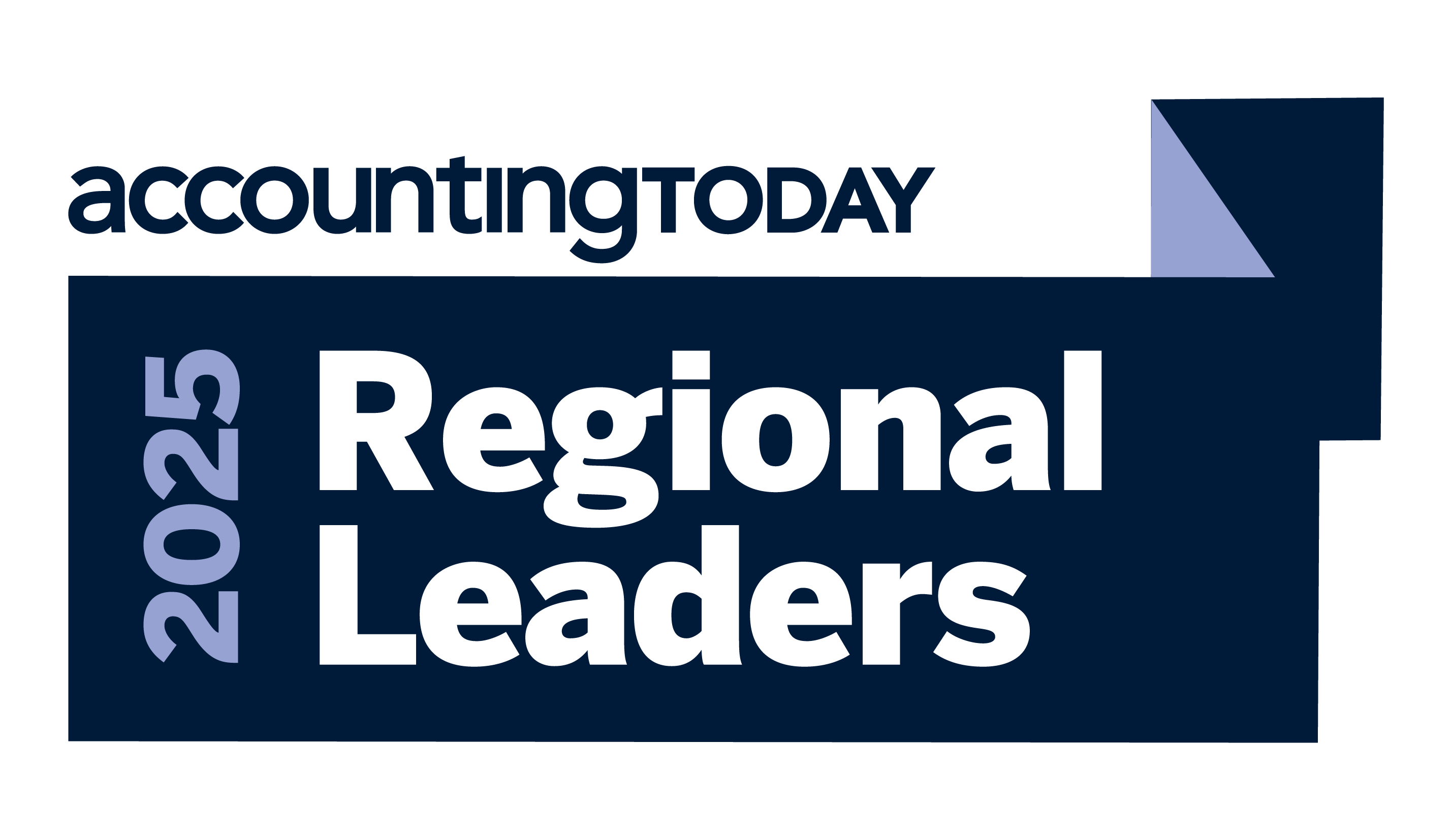Insights
We are proud to be named a West Coast Regional Leader for 2025


Mitigating material weaknesses through effective IAM strategies
ARTICLE | March 10, 2025
Authored by RSM US LLP
In today's rapidly evolving digital landscape, organizations face increasing challenges in maintaining robust control environments. Material weaknesses, particularly those related to technology, have become more prevalent, driven by factors such as improper technology implementation, inadequate use of tools and ineffective segregation of duties. To address these issues, organizations must adopt comprehensive strategies that encompass people, process and technology. One critical component of this strategy is digital identity, also known as identity and access management (IAM).
Material weaknesses are significant deficiencies in an organization's internal control over financial reporting. Recent trends indicate a rise in technology-driven root causes of material weaknesses, with IT, software, security and access issues seeing substantial increases. Common technology contributors include improper technology implementation, inadequate use of tools to avoid manual errors and ineffective segregation of duties. These weaknesses can lead to unauthorized access, human error and noncompliance with regulatory requirements.
Digital identity, or IAM, plays a crucial role in securing an organization by ensuring that the right people have the right access to the right information at the right time. IAM encompasses several key domains, including identity governance, user lifecycle management, privileged access management, authentication, authorization and audit for internal and external identities.
When implemented correctly, IAM can significantly mitigate risks and prevent material weaknesses by addressing several key areas, including:
- Unauthorized access: Access to sensitive systems and data can lead to human error or violations that affect reporting and compliance. IAM technologies, such as multifactor authentication (MFA), help prevent unauthorized access by ensuring that only authorized individuals can access critical information and systems.
- Audit, reporting and monitoring: A clear record of who is accessing what and when is essential for detecting and addressing issues early. IAM systems provide robust audit trails and activity logs that track identity actions, making it easier to detect suspicious activity and ensure compliance with internal controls and regulations.
- Access control and least privilege: Improper or excessive access to critical systems is a common cause of material weaknesses. IAM technologies enforce the principle of least privilege, ensuring that users only have access to the information and systems necessary for their job functions. This reduces the risk of errors or fraudulent activity.
- Regulatory compliance: Compliance with laws and regulations, such as the General Data Protection Regulation, HIPAA or the Sarbanes-Oxley Act, requires stringent controls over data and system access. IAM technologies assist in meeting regulatory requirements by providing robust access controls and producing necessary reports for audits.
- Automated role management and access reviews: Users can accumulate unnecessary permissions over time, leading to access that is no longer needed. IAM tools automate role management and regular access reviews, confirming that user rights are current and aligned with their responsibilities.
- Automated policy and standards enforcement: Automated policy and standards enforcement confirms that organizational policies and regulatory standards are consistently applied through the implementation of IAM capabilities. By embedding IAM controls, organizations can enforce access policies, manage user identities and maintain governance frameworks in alignment with compliance requirements. The effectiveness of these controls can be measured through key risk indicators and key performance indicators, serving as critical outputs of a mature IAM program.
The takeaway
In conclusion, addressing material weaknesses requires a comprehensive approach that includes robust digital identity management. IAM technologies play a vital role in preventing unauthorized access, maintaining regulatory compliance and mitigating risks associated with material weaknesses. By adopting effective IAM strategies, organizations can strengthen their control environments and safeguard against evolving cybersecurity threats.
Let’s Talk!
You can call us at +1 213.873.1700, email us at solutions@vasquezcpa.com or fill out the form below and we’ll contact you to discuss your specific situation.
Required fields are marked with an asterisk (*)
This article was written by Shayan Shah and originally appeared on 2025-03-10. Reprinted with permission from RSM US LLP.
© 2024 RSM US LLP. All rights reserved. https://rsmus.com/insights/services/risk-fraud-cybersecurity/mitigating-material-weaknesses-through-effective-iam-strategies.html
RSM US LLP is a limited liability partnership and the U.S. member firm of RSM International, a global network of independent assurance, tax and consulting firms. The member firms of RSM International collaborate to provide services to global clients, but are separate and distinct legal entities that cannot obligate each other. Each member firm is responsible only for its own acts and omissions, and not those of any other party. Visit rsmus.com/about for more information regarding RSM US LLP and RSM International.

Vasquez + Company LLP has over 55 years of experience performing audit, tax, accounting, and consulting services for nonprofit organizations, governmental entities, and private companies. We are ranked among the top 1% of accounting firms by the AICPA and deliver tailored solutions that meet the unique needs of each client.
For more information on how Vasquez can assist you, please email solutions@vasquezcpa.com or call +1.213.873.1700.
Subscribe to receive important updates from our Insights and Resources.